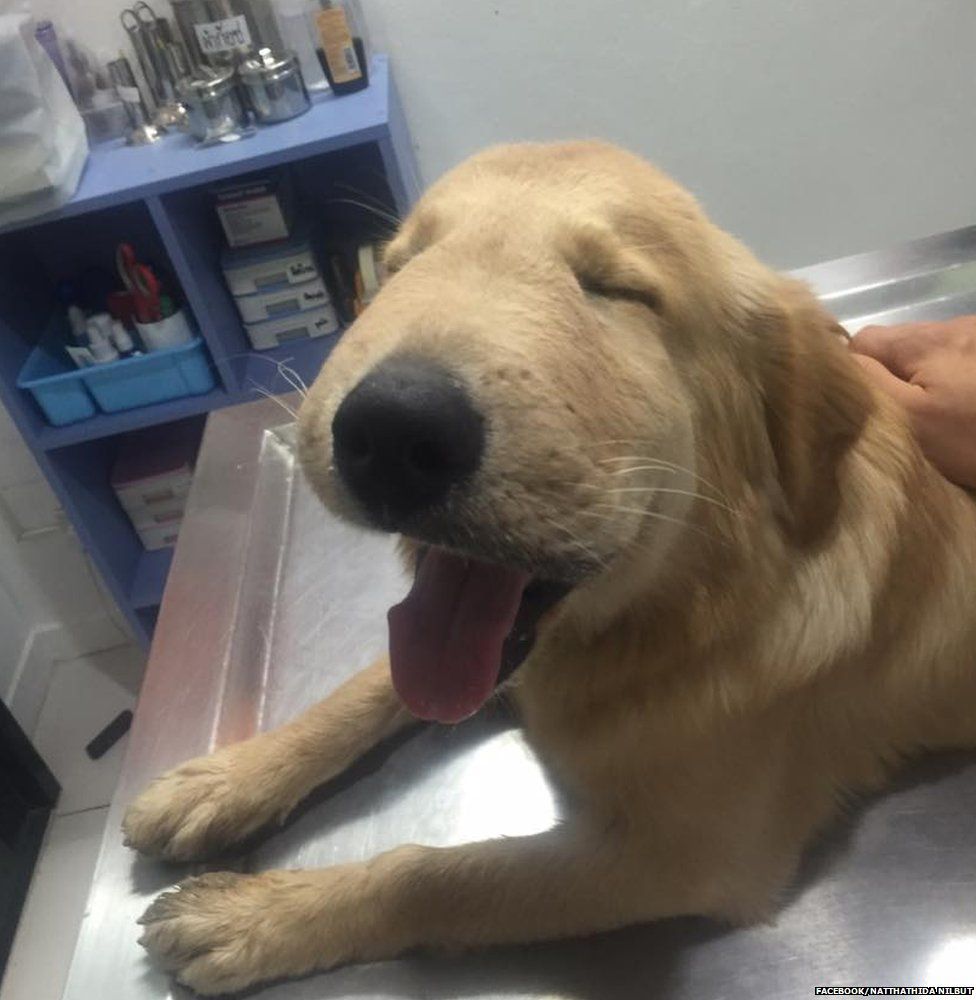Imagine a sunny afternoon where your beloved dog is frolicking in the garden, suddenly lunging at a buzzing creature in the air. It’s a bee, and before you know it, your curious canine has taken a bite. The thought of dogs that ate a bee may sound amusing or alarming, but it raises important questions about pet safety and health. The natural instinct of dogs to chase and chew on anything that moves can lead to unexpected consequences, especially when it comes to bees.
While many pet owners may find the idea of their dog eating a bee to be just a quirky story to share, it’s essential to understand the potential risks involved. Some dogs are more prone to bee stings, and certain breeds have a higher tendency to investigate flying insects. Learning about the reactions and consequences for dogs that ate a bee can help you better prepare for such situations and ensure your furry friend remains safe.
In this article, we explore the fascinating world of dogs and bees, providing insights into what happens when dogs eat bees, how to handle bee stings, and tips for keeping your dog safe from buzzing intruders. Join us as we dive into this intriguing topic and uncover everything you need to know about the curious cases of dogs that ate a bee.
What Happens When Dogs Eat Bees?
When a dog eats a bee, several potential outcomes can occur. Here’s what you should know:
- Immediate Reaction: Some dogs may experience an immediate allergic reaction to the bee’s venom.
- Sting Symptoms: If the bee stung the dog before being consumed, symptoms such as swelling, redness, or pain may develop.
- Gastrointestinal Distress: Eating a bee can lead to vomiting or diarrhea, especially if the bee is not digested properly.
- Infection Risk: If the bee has stung the dog, there is a risk of infection at the sting site.
Are Some Dogs More Likely to Eat Bees?
Indeed, some dogs have a greater propensity to chase and consume bees. Factors that contribute to this behavior include:
- Curiosity: Puppies and younger dogs are often more curious about their surroundings.
- Playfulness: Breeds known for their playful demeanor may be more inclined to chase after a buzzing insect.
- Hunting Instinct: Some breeds, like terriers, have a strong hunting instinct, making them more likely to pursue and consume insects.
How Can You Tell if Your Dog Ate a Bee?
If you suspect your dog has eaten a bee, watch for the following signs:
- Swelling around the mouth or face
- Excessive drooling
- Difficulty breathing
- Vomiting or diarrhea
What Should You Do If Your Dog Eats a Bee?
Taking immediate action is crucial if you suspect your dog has eaten a bee. Here are the steps you should follow:
- Stay Calm: Your dog will sense your anxiety, so remain calm.
- Check for Stings: Look for any signs of a sting or swelling around the mouth and face.
- Manage Symptoms: If your dog displays mild symptoms, such as slight swelling, monitor them closely.
- Seek Veterinary Care: If your dog has difficulty breathing, excessive swelling, or other severe symptoms, contact your veterinarian immediately.
Can Dogs Have Allergic Reactions to Bee Stings?
Yes, dogs can have allergic reactions to bee stings, which can range from mild to severe. Symptoms of an allergic reaction may include:
- Swelling and redness
- Itching or hives
- Difficulty breathing
- Vomiting or diarrhea
What Are the Long-Term Effects of Bees on Dogs?
For most dogs, eating a bee or getting stung does not result in long-term effects. However, if a dog has a severe allergic reaction, they may be at risk for future reactions to bee stings. To mitigate risks, pet owners should be vigilant and take preventive measures.
How to Prevent Your Dog from Eating Bees?
Preventive measures can help keep your dog safe from bees. Consider the following tips:
- Supervise Outdoor Play: Keep an eye on your dog when they're outside, especially in areas with bees.
- Create a Bee-Free Zone: Maintain your garden and remove flowering plants that attract bees.
- Train Recall Commands: Teaching your dog to come when called can prevent them from chasing after bees.
- Consult Your Vet: If your dog has a history of eating bees or bee stings, consult your veterinarian for advice.
Conclusion: Dogs That Ate a Bee
In conclusion, while the notion of dogs that ate a bee can evoke chuckles, it’s essential to treat the matter seriously. Understanding the risks, knowing how to react, and taking preventive measures can help keep your four-legged friend safe. Remember that your dog’s health and well-being should always come first, and staying informed about potential hazards is key to ensuring a happy and healthy life for your beloved pet.
You Might Also Like
Understanding The Essence Of Casting CallsLaufen In German: Exploring The Meaning And Usage Of A Versatile Verb
Deliciously Creamy: The Allure Of Vanilla Almond Milk
Journey To The Mat: Mastering The Art Of Gymnastics
Embracing Vulnerability: The Journey Of Couples Getting Naked
Article Recommendations
- The Dynamic Legacy Of David Lee Roth A Rock Icons Journey
- Ftv Girls Hunter The Rise Of Female Talent In Indonesian Film
- Ella Cervetto A Remarkable Talent In The Spotlight


